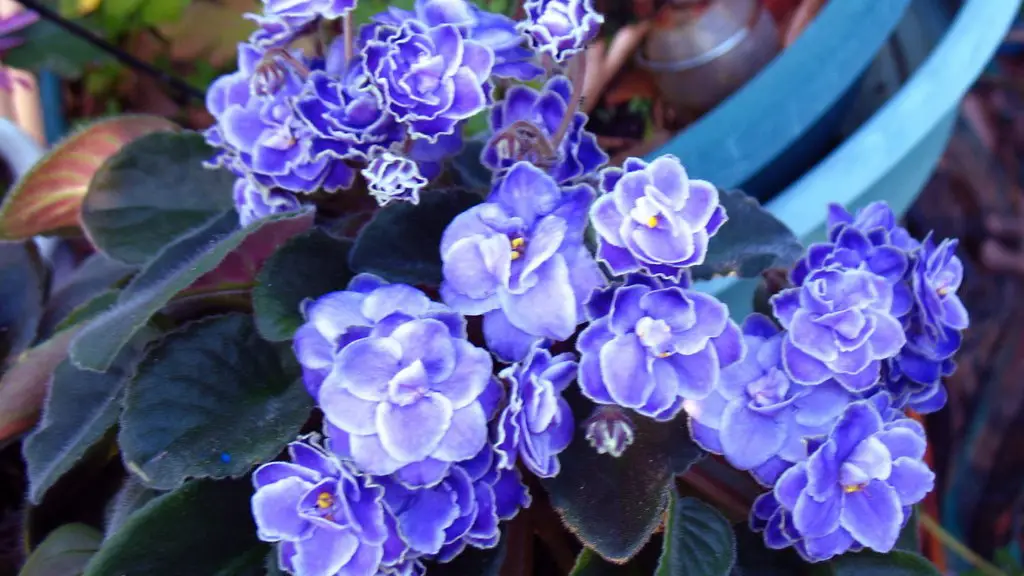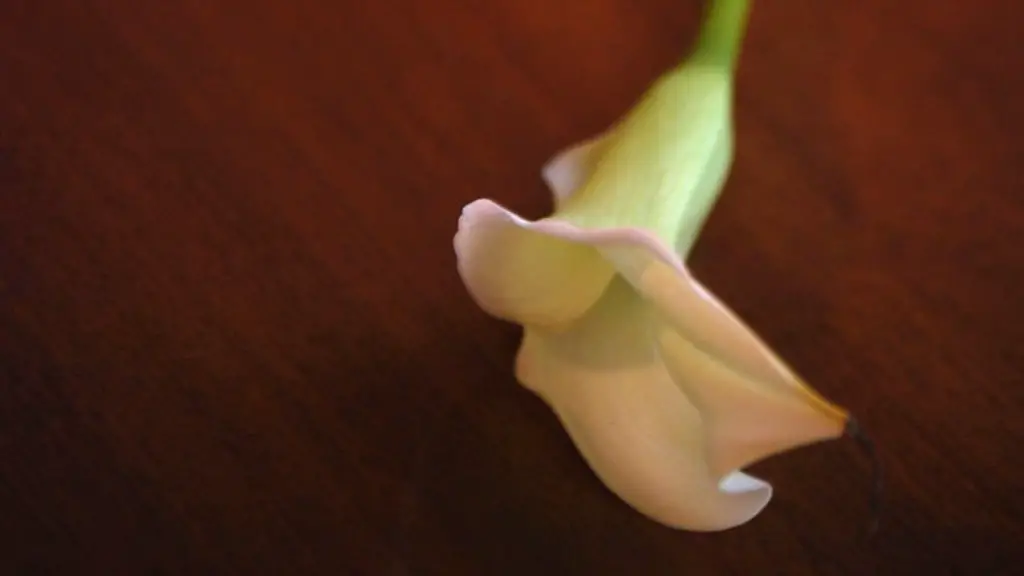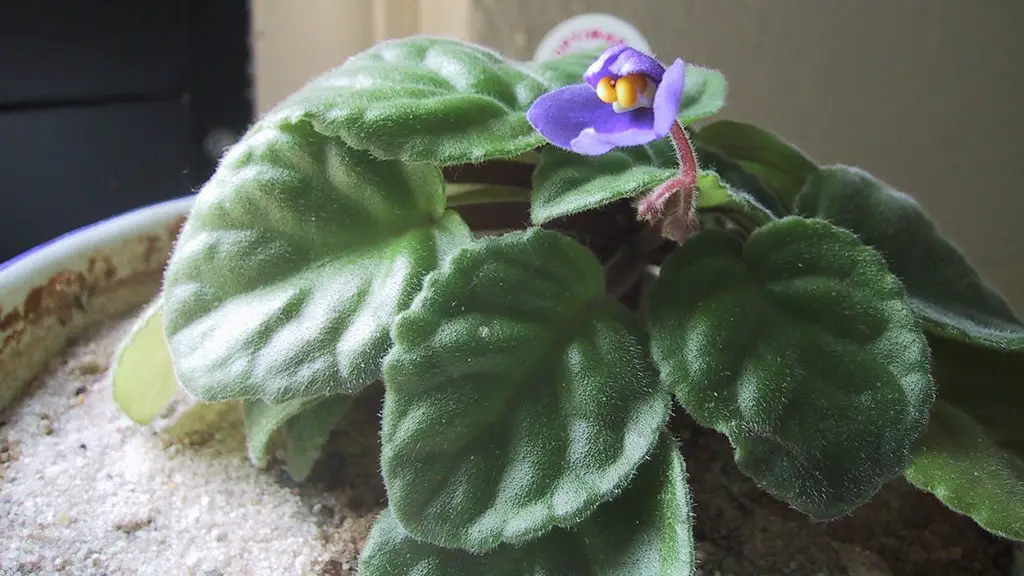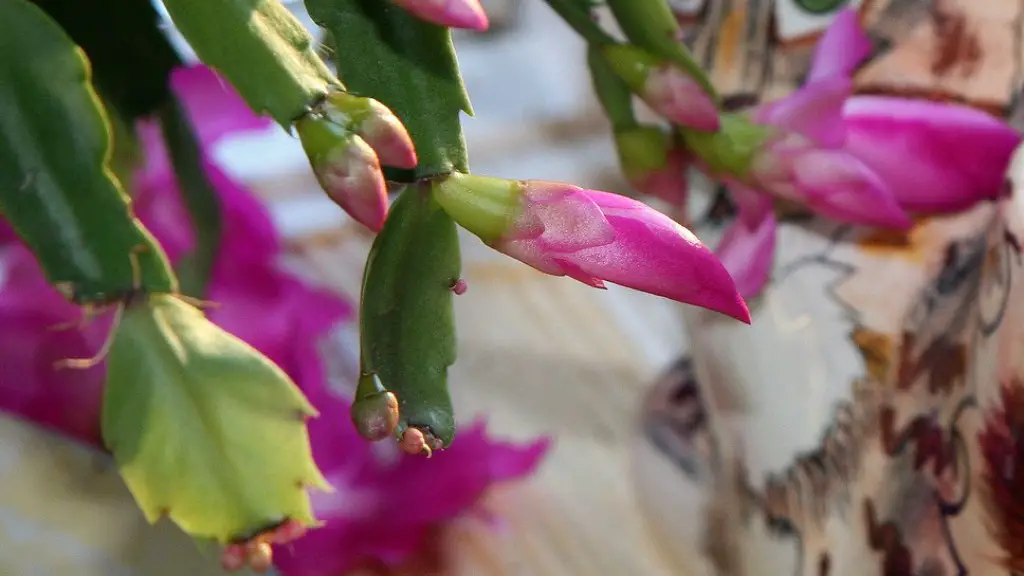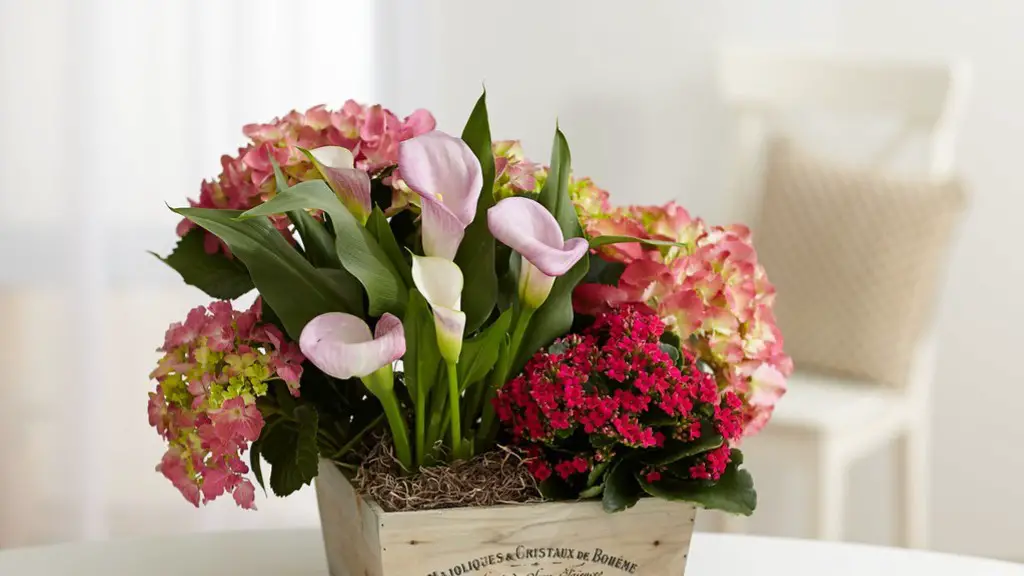If your African violet flowers are dying, don’t despair! There are a few things you can do to try to revive them. First, check to see if the soil is dry. If it is, water the plant and see if that helps. If the soil is too wet, however, that could be the problem. Try to allow the soil to dry out a bit before watering again. If the flowers are still wilting, you can try trimming them back. Sometimes, flowers just need a little trimming to encourage new growth.
If your African violet flowers are dying, there are a few things you can do to try to save them. First, check the soil to make sure it is not too dry or too wet. African violets need to be kept evenly moist, but not soggy. Second, check the plant for pests or disease. If you see any pests, remove them and treat the plant with a pesticide. If the plant is diseased, you may need to discard it to prevent the disease from spreading. Finally, make sure the plant is getting enough light. African violets need bright, indirect light to bloom well.
Should I cut off dead African violet flowers?
If you have an African Violet that is blooming, be sure to pinch or deadhead the spent blooms. This will allow the plant to continue to put energy into creating more buds/blooms and beautiful foliage.
Deadheading is the process of removing dead and dying flowers from a plant. This easy process frees up energy for more useful functions. If you see African violet flowers dying, simply pinch them off with your thumb and forefingers.
How do I get my African violet to bloom again
African violets are a beautiful and popular houseplant. They are relatively easy to care for, but can sometimes stop blooming. If your African violet is not blooming, there are a few things you can do to try and get it to bloom again.
First, make sure that the plant is getting enough light. African violets need bright, indirect light in order to bloom. If the plant is not getting enough light, it may stop blooming.
Second, turn up the humidity. African violets like a humid environment. You can increase the humidity around the plant by placing it on a tray of pebbles and water or by using a humidifier.
Third, replenish essential nutrients. African violets need to be fertilized every few weeks with a fertilizer specially formulated for African violets. This will help the plant to get the nutrients it needs to bloom.
Fourth, keep it pleasant. African violets like a temperature between 70 and 75 degrees Fahrenheit and a relative humidity of 50 to 60 percent. If the environment around the plant is too dry or too hot, it may stop blooming.
Fifth, choose the right soil. African violets need a
If your African Violet plant has been over-watered, the soil will retain too much water. This retention of water will cause the leaves and /or leaf stems to turn soft, limp or mushy.
Why are the flowers on my African violet dying?
If your African violet is losing flowers, it is most likely due to a lack of water, too much light, or a nutrient-deficient growing mix. Make sure to give your plant a good drink, keep it out of direct sunlight, and start a fertilizer routine to nourish your plant.
African violets are a type of plant that is native to Africa. They are known for their beautiful flowers and for being relatively easy to care for. One thing that is important to keep in mind when caring for African violets is that they should only be watered once a week. Allowing the plant to completely dry out between waterings will help to prevent over-watering, which can be a problem for this type of plant. One way to make sure your African violets are never over-watered is to set up a wicking system. This system will slowly and evenly water the plants, so you don’t have to worry about giving them too much or too little water.
Does Epsom salt help African violets bloom?
Epsom salts are a great way to provide your plants with essential magnesium and sulfur. These two minerals are needed to produce beautiful blooms and healthy foliage. To use, simply mix one and a half teaspoons of Epsom salts in a quart of tepid water and swirl to dissolve. Water your African violets (below the leaves) with this solution once a month.
This process is called bottom watering and it is an effective way to water your plants. By placing the plastic grower’s pot in water, and allowing the plant to absorb the water ( not more than 30 minutes ), you can avoid getting water on the leaves, which can cause spotting damage. For best results, use violet plant food as directed.
Do you have to bottom water African violets
African violets are beautiful flowers that are often seen in homes. They are however, very delicate and require a lot of care. One of the most important things to remember when caring for African violets is to not water them from above. This can cause the flowers to rot and die. Instead, water them from the base, being careful not to wet the leaves.
If you want your African violet to bloom again, you can remove existing flowers or buds (disbud) and, if growing conditions are optimal, the plant will rebloom in 6 to 8 weeks.
Can you use Miracle Grow on African violets?
African violets grow best in well-drained, slightly acidic soil. Miracle-Gro® Indoor Potting Mix is specially formulated to provide indoor plants like African violets with just the right growing environment. This mix contains nutrients and Perlite to help African violets grow and bloom.
It is important to place African violets in a location that receives bright, indirect light. A site near an east or north window is often a good location. However, it is important to not place African violets in direct sun. If a suitable window isn’t available, African violets can be placed under a fluorescent light fixture containing two 40-watt fluorescent tubes.
Do African violets need sun
African violets need indirect sunlight, so a north- or east- facing window is best. Keep plants away from cold glass and rotate the pot once a week so all leaves receive light. You can also extend daylight by placing African violets under a grow light during winter months.
If you’re looking to keep your African violet happy and healthy, it’s important to choose a pot that’s on the smaller side. This will help keep the plant slightly pot-bound, which is ideal for growth. Keep in mind that if you have a standard African violet plant, your starter pot should be about 3-4 inches in diameter.
How do I know when my African violets need water?
African violets need to be watered when the soil is dry to the touch. To check the soil, stick your finger in the potting mix and feel around. If the soil is dry, it’s time to water. If the soil is moist, you can wait a few days before watering.
African violets are beautiful flowers that can bloom nearly year-round. If you are able to provide the correct conditions, expect your African violets to bloom 10-12 months each year. Each bloom lasts for about 2-3 weeks, which means you can enjoy their beauty for a long time!
Final Words
When African violet flowers are dying, there are a few things you can do to help them. First, make sure they are getting enough light. African violets need bright, indirect light to bloom well. If they are not getting enough light, their flowers will start to fade. Second, make sure the plants are not too dry. African violets need to be kept evenly moist, but not wet. If the soil is too dry, the flowers will wilt and die. Third, check for pests. Aphids, mealybugs, and spider mites can all attack African violets and damage their flowers. If you see any pests, treat the plants with an appropriate insecticide. Finally, give the plants some extra fertilizer. African violets need a high- phosphorus fertilizer to bloom well. If the plants are not getting enough nutrients, their flowers will fade and die.
There are a few things you can do when your African violet flowers are dying. You can try trimming the flowers, adding more light, or adding a little bit of fertilizer. If trimming the flowers doesn’t work, then you can try moving the plant to a location that gets more light. If that doesn’t work, then you can try adding a little bit of fertilizer to the soil.
